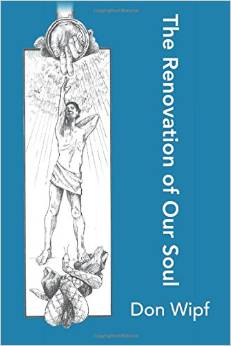Clifton Taulbert and Gary Schoeniger have written a very good book about entrepreneurs entitled Who Owns the Ice House?. The basis of the book is the entrepreneurial lessons Taulbert learned from his uncle Cleve who owned an ice house in Mississippi. One of the lessons he learned is that one must take action if one is to succeed. Uncle Cleve’s way of expressing that truth is: “Yessir, if you ain’t got nothin’ planted, ain’t nothin’ gonna show up.” [1] Ideas are great and they can provide us with a goal to aim towards. However, as Schoeniger states: “The truth is that good ideas are a commodity, but taking action is what really counts.” [2]
The Greco-Roman philosopher Lucian equates action with fruit and words with husks. [3] Husks are important to the formation of a fruit but they are of minimal nutritional value to us. Would we prefer husks to fruit?
Action has the same importance in our spiritual as in our physical lives. Our beliefs, our ideas of how God has constructed our existence, are important but what is the value of our beliefs if we do not translate them into action? The Bible, in the book of James, expresses this idea in this fashion:
If a brother or sister is poorly clothed and lacking in daily food, and one of you says to them, “Go in peace, be warmed and filled,” without giving them the things needed for the body, what good is that? (James 2:15-17 ESV).
Anyone who just gave encouraging words to a poor person when they had the means to help them with the necessities of life would not be well thought of by almost everyone (there are a few sociopaths in the world who would differ). So why do we think our relationship with God would be any different? The Bible is very clear that God wants our actions, not just our beliefs.
___________________________
[1] Clifton Taulbert and Gary Schoeniger, Who Owns the Ice House?, Cleveland, OH: ELI Press, LLC., 2010, p. 75.
[2] Taulbert and Schoeniger, p. 86.
[3] Luke Timothy Johnson, Practical Philosophy: The Greco-Roman Moralists, Chantilly, VA: The Teaching Company, 2002, Part 1, p. 76.

